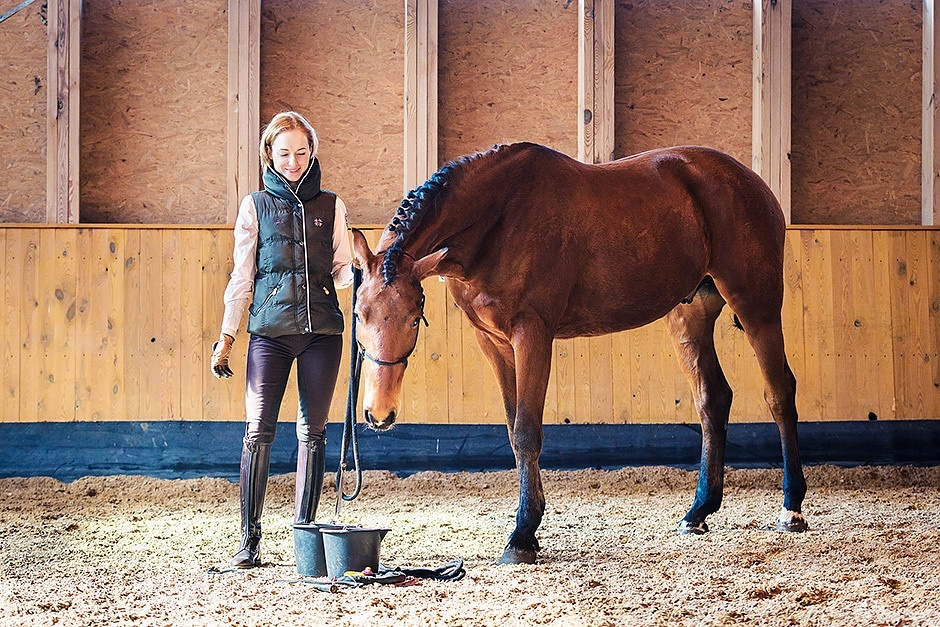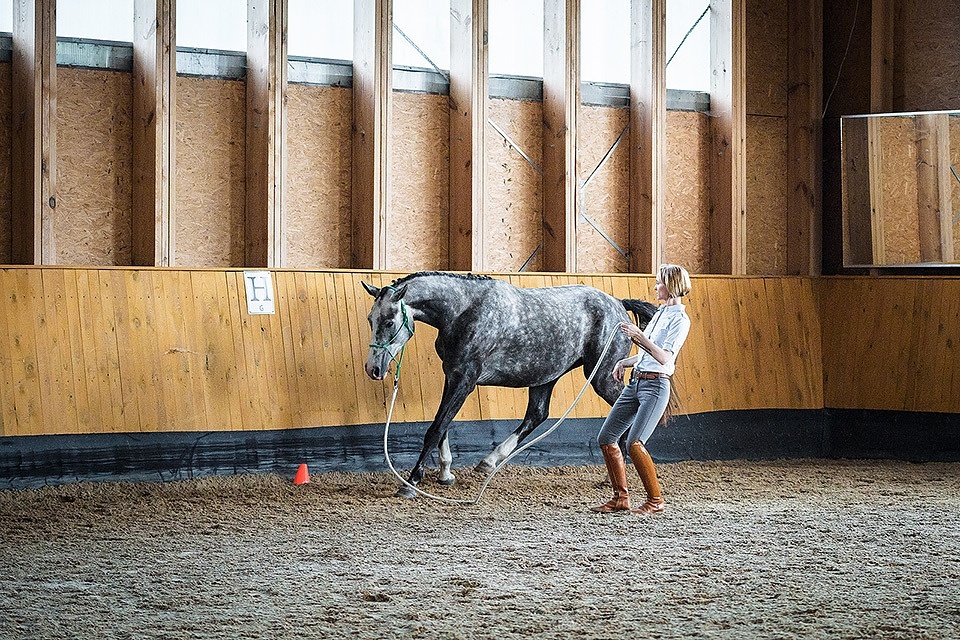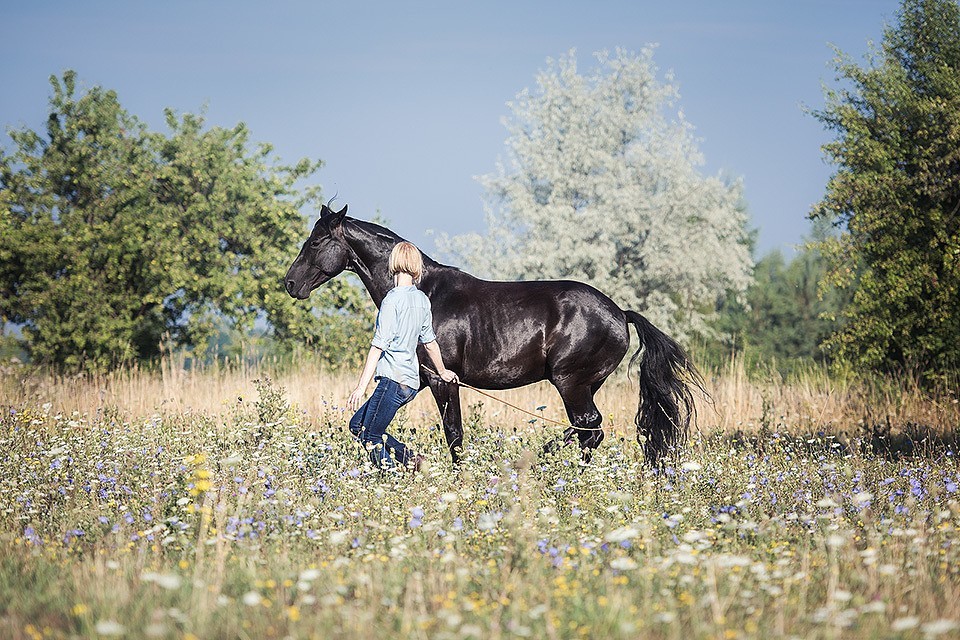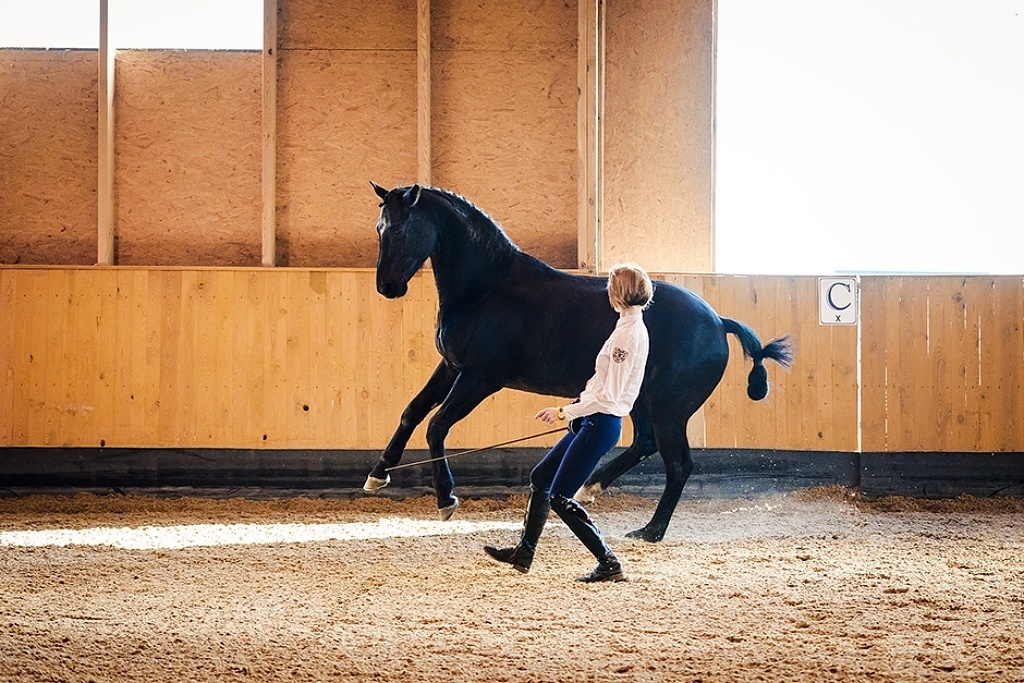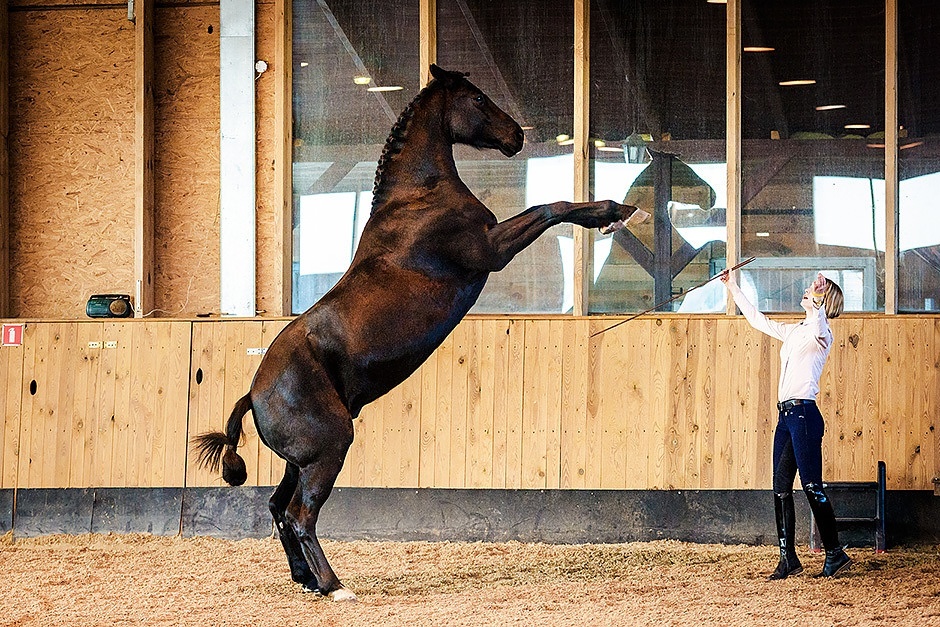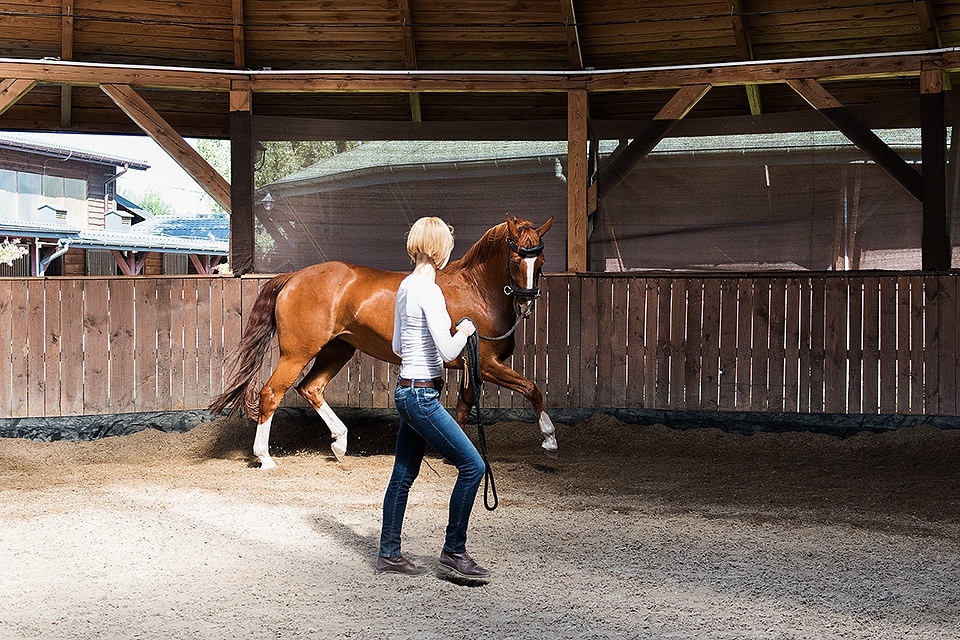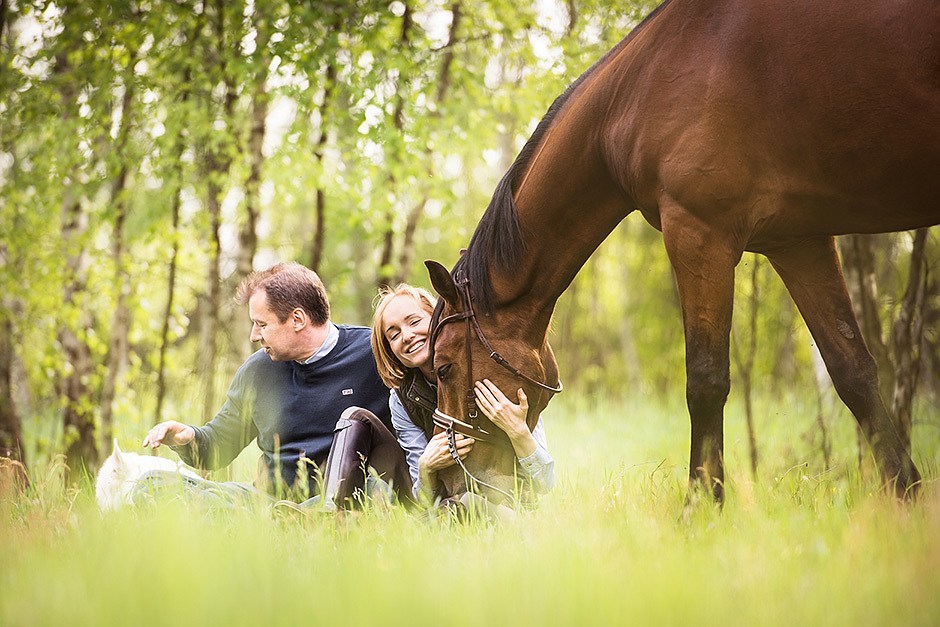When I introduce clicker to horses I do it in THREE EASY STEPS 1st STEP: Click & Treat To introduce the clicker to your horse you need to explain to him what the sound of the clicker means. Introducing the clicker is very easy: Have on you clicker and some small treats in your treat
When I introduce clicker to horses I do it in THREE EASY STEPS 1st STEP: Click & Treat To introduce the clicker to your horse you need to explain to him what the sound of the clicker means. Introducing the clicker is very easy: Have on you clicker and some small treats in your
When you are connected with yourself and you have literally no thoughts and no emotions in yourself – you always know what to do and you always act accordingly to the things that are happening around you. Sometimes you very decidedly yet calmly make your horse go away 2-3 steps away when he starts to
When you are connected with yourself and you have literally no thoughts and no emotions in yourself – you always know what to do and you always act accordingly to the things that are happening around you. Sometimes you very decidedly yet calmly make your horse go away 2-3 steps away when he starts to
There is no Autonomy without true Calmness and Safety. The true Autonomy always requires boundaries that keep all situations safe for you and your horse. What is true Autonomy? How to give your horse true Autonomy? Autonomy can be described as a WANT to do something. So we simply agree that our horse has a
There is no Autonomy without true Calmness and Safety. The true Autonomy always requires boundaries that keep all situations safe for you and your horse. What is true Autonomy? How to give your horse true Autonomy? Autonomy can be described as a WANT to do something. So we simply agree that our horse has a
I know that our second technique may be something very NEW to you today. Please don’t worry, give yourself time to read it few times and digest it. You will need that time to start understand how to implement it to your everyday trainings. This is not that hard in practice. To encourage you to
I know that our second technique may be something very NEW to you today. Please don’t worry, give yourself time to read it few times and digest it. You will need that time to start understand how to implement it to your everyday trainings. This is not that hard in practice. To encourage you to
I would love to introduce you to the Calming technique, before our Clinic / Live Workshop starts. I want you to have time to really digest and understand our approach before you will try it with your horses. I want you to feel comfortable and not to hurry yourself. I’d love you to have time
I would love to introduce you to the Calming technique, before our Clinic / Live Workshop starts. I want you to have time to really digest and understand our approach before you will try it with your horses. I want you to feel comfortable and not to hurry yourself. I’d love you to have time


